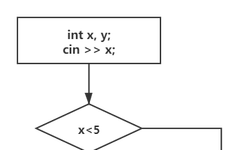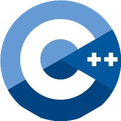Simple Python Calls to C++ Programs
Methods for Python to Call C/C++ Programs Recently, while debugging, I encountered a situation where Python was running very slowly, so I researched methods to embed C++ programs in Python. I am documenting this for future reference. Generally, calling C/C++ programs from Python can be divided into three steps: 1. Write the C/C++ implementation program. … Read more







